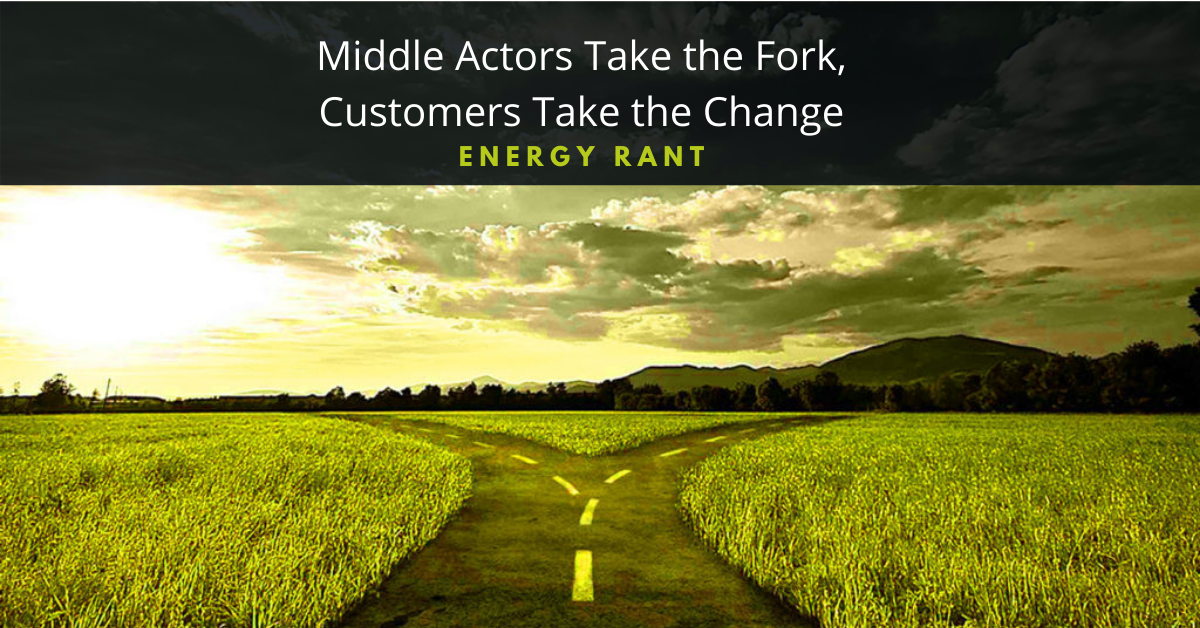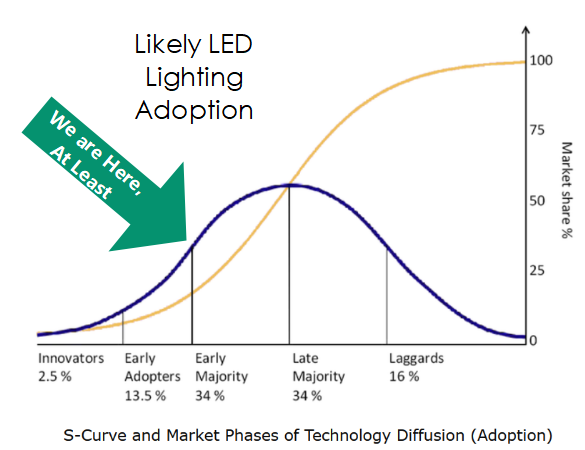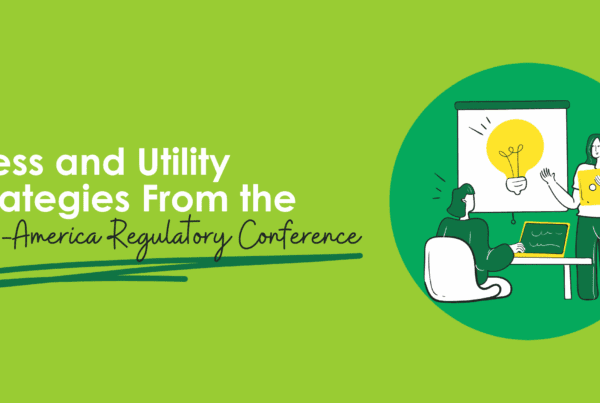
When I stick my neck out, it’s often nice to discover others are on board to slow down the machete. I stash potential topics in an electronic pile, and when something triggers a need, I’m ready to go. This time, a co-presenter triggered me as I was delivering an electrification presentation for the Wisconsin Public Utility Institute’s Utilities Basics Course. The co-presenter was Erin Monroe-Nye, who discussed and provided the essentials of energy efficiency programs. Erin described a scenario in which she wanted to install a cold-weather heat pump. She got resistance and a runaround from her HVAC contractor. I got no such hassle and nothing but complete cooperation from Schneider Heating and Air Conditioning when I installed mine four years ago. Just do it, baby.
Erin’s story nailed my point from a few weeks ago in Socially Undesirable Net Savings, in which I said customer decisions and the bait, handout, inducement, incentive, rebate – whatever you call it – alone has an impact of 0% to 100%. The cash incentive might be less than 50% overall[1], especially now with LED lighting easily in the linear part of the saturation curve.
 Source: Foresight University
Source: Foresight University
Tiny Incentives, Tiny Attribution
I took something like a measly $500 rebate on my $14,000 heat pump investment. Why did I buy a multizone heat pump? My home had no central air conditioner and the past occupants hassled with a couple of roaring window units, aka, window shakers. The seller was going to put in central air conditioning for $12,000.
I said, whoa, whoa, whoa. I’ll take care of that. I chose the heat pump for quiet, efficient zoning. The whole unit isn’t banging off at full blast like the neighbor’s unit. The noise ratio is similar to the difference between the noise of a turbofan engine on a passenger plane and a fighter jet engine.
Misreads and Lost Opportunities
Did the program have any impact on my decision? It made me feel a little better, and I suppose that’s worth something. But what about an evaluation survey consultant making calls for $14 an hour in Erin’s case? The attribution, which is the impact the program had on her decision, would be very low. But why? Not because she wasn’t informed – but it could have been that the lazy, regressive contractor talked her out of it.
Think about that. How does evaluation benefit the program or anyone in that case?! It would be a swing and a miss – a whiff – like getting fooled in the batter’s box.
The Other Neck
I recently reviewed abstracts for AESP’s annual conference. One I scored high (5/5) was about soft barriers to electrification. The author wrote about how most theories of technology adoption focus on end-users when actually the majority of energy decisions are determined by “middle actors” (such as building contractors) who perform the work.
Pow!
We have to get to the middle actors, as I have written many times in this blog. Most of the critical decisions are made there. In many, if not most cases going forward, the customer is downstream of the decision forks in the road.
Case in Point – The Middle Actor Is Everything
Getting to the middle actor is exactly what we are doing in a building automation system program we are rolling out right now. Among many things, we intend to engage the middle actors as follows: What is your standard practice, middle actor? Would you mind if we look at your design and specifications to recommend upgrades and improvements so that you can maybe upsell your project and achieve greater customer satisfaction and experience? We will pay for any incremental material cost, time, hassle, and risk[2] to make those upgrades.
The customer doesn’t need to know anything about this unless they are getting competing bids, then they need to know the impacts. The program can have an enormous effect, not even counting market transformation, while the customer makes no decisions.
The middle actor is everything in these situations.
We met with the evaluation team, and they are willing to collaborate on this unique approach. Initial responses included, “this is very difficult to measure.” [the following is a message for the entire industry] So what? Are we here to make it easy for archaic boilerplate evaluation methods, or are we here to make a big difference in the right direction?
“Programs are designed to be evaluated. They are not designed to be effective.”
- Val Jensen, ICF
[1] The cash incentive is only part of the attribution, even if attribution is estimated by talking only to the customer.
[2] Note to evaluators: risk mitigation costs money.





